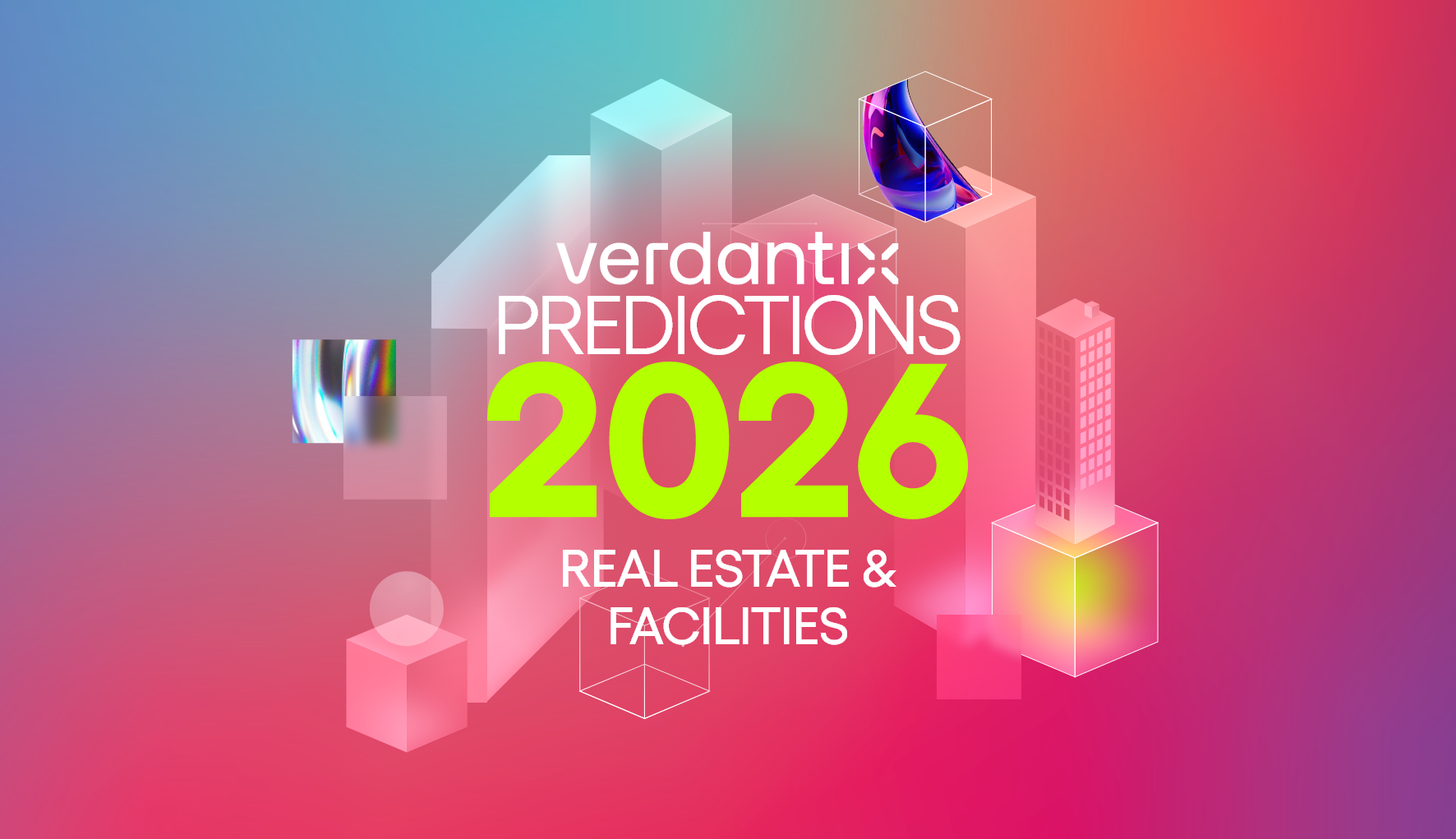Riding The Shockwave: What DeepSeek’s Disruptive Entrance Means for Data Centres
Closing out January with a bang, DeepSeek – an independent AI research firm backed by the Chinese hedge fund High-Flyer – sent shockwaves through the stock market. The firm unveiled DeepSeek R-1, an open-source large language model (LLM) that rivals America’s top models in terms of performance, while relying on less advanced chips, a fraction of the funding and reduced computational requirements. The announcement triggered a sharp sell-off of tech stocks on January 27, sending the S&P 500 Information Technology Sector Index down by nearly 6% and wiping out an astonishing $560 billion from Nvidia’s market value as investors panicked over the possibility that AI stocks had become overinflated. However, the market quickly regained its footing. By January 28, Nvidia’s stock had rebounded by 8.9%, while the Information Technology Sector Index regained 2.7%, signalling that investor confidence in AI’s long-term trajectory remained intact. But what does this mean for data centres – the essential backbone of AI? Is it business as usual, or will there be a major shift in the industry’s trajectory?
The implications of DeepSeek R-1 for the data centre industry
The data centre market is divided into four main segments: hyperscale, edge, colocation and enterprise. Hyperscale data centres, driven by major players such as Amazon, Google and Microsoft, make up the largest share, fuelled by the growing demand for AI and cloud computing. Colocation centres follow, providing scalable rack space to businesses without ownership. Edge data centres, which process data closer to the source for low-latency services, are rapidly expanding, but still represent a smaller portion of the market. Enterprise data centres take the smallest share, as firms increasingly adopt cloud and hybrid solutions. Prior to DeepSeek R-1's dramatic debut, anticipated demand for data compute space was largely characterized by the continued expansion of hyperscalers as the need for AI and cloud computing surged, while colocation providers stood to benefit from the increasing necessity of flexible, scalable infrastructure.
However, with the DeepSeek model using significantly less computational power, real estate professionals are concerned that existing assumptions about the lucrative future of the industry are no longer accurate. This likely isn’t the case. Even as future models continue to reduce energy consumption, data centres will remain vital for hosting, training and deploying AI at scale. In fact, rather than curbing demand, lower computing costs may actually increase it. By reducing barriers to entry, more businesses could enter the AI space, leading to a greater market for data infrastructure. As AI inferencing grows, driven by firms such as DeepSeek, demand will increase for smaller, AI-specific centres that reduce latency by placing computational power closer to end-users. Hyperscalers will remain essential for training AI models, while colocation providers could see increased demand for edge-focused services. Enterprise data centres, while still essential for some use cases, will likely shift towards hybrid models, relying on a combination of edge and cloud infrastructure for AI workloads. Data centre growth will therefore persist, driven by dominant players leveraging their vast resources to adapt to evolving AI demands, while smaller entrants seize new opportunities to innovate and compete in ways that were out of reach prior to the arrival of DeepSeek R-1.
The real threat to the industry
The true challenge thus lies in addressing the ‘green elephant’ in the room: the grid. As data centres continue to expand, they put increasing strain on the grid’s capacity, making it harder to meet rising energy demands sustainably. Securing reliable renewable power will be a far greater obstacle than any AI breakthrough. Hyperscalers will grapple with net zero targets, while a growing number of small edge facilities will emerge, lacking any obligation to set targets or disclose their impact at all, and collectively consuming vast amounts of energy. To address significant and wildly disruptive risks to its progression, the industry must utilize data centres as key assets in creating a decentralized energy future. Ultimately, despite the DeepSeek shockwave, demand for data infrastructure will continue to surge, and overcoming these sustainability challenges is still key to realizing the industry’s full potential.
About The Author

Cara Haring
Senior Analyst





